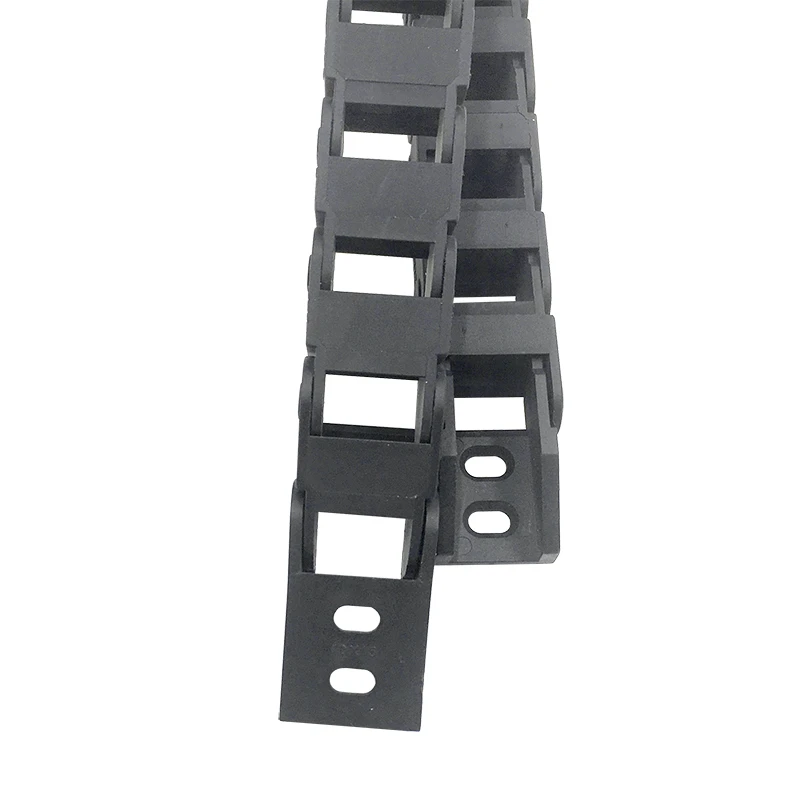Understanding Synchronous Belt Pulleys and Their Applications in Mechanical Systems
Understanding Synchronous Belt Pulley Mechanism and Applications
Synchronous belt pulleys play a crucial role in mechanical systems where precise motion control and torque transfer are required. They are an integral component in various applications ranging from automotive engines to industrial machinery. This article explores the mechanics, advantages, and various applications of synchronous belt pulleys.
What is a Synchronous Belt Pulley?
A synchronous belt pulley, often referred to as a timing pulley, is designed to work in conjunction with a synchronous belt. These pulleys have teeth that fit precisely into the grooves of the belt, allowing for a positive engagement that prevents slippage. Unlike traditional V-belts, which can slip under load, synchronous belts and pulleys enable a reliable transmission of power with minimal backlash.
The operation of synchronous belt systems is based on the principles of torque transmission and angular motion. When a motor turns the pulley, the synchronous belt, which is generally made from reinforced rubber or polymer, rotates in unison, transferring rotational motion to another pulley, which can be connected to various machinery components. This interlocking design ensures that the driven and driving components maintain a fixed relationship with each other in terms of motion and speed.
Advantages of Synchronous Belt Pulleys
1. Precision and Synchronization One of the key benefits of using synchronous belt pulleys is their ability to provide precise motion control. This is crucial in applications where timing and accuracy are paramount, such as in CNC machines or automated assembly lines.
2. Low Maintenance Synchronous belts do not require as much maintenance as traditional belt systems. They do not require tension adjustments as frequently, and the wear and tear are typically minimal due to their sturdiness.
3. High Efficiency Synchronous belt systems operate at a high level of efficiency, generally exceeding 90%. This means that they lose less power as heat or friction compared to other belt systems, making them ideal for energy-sensitive applications.
4. Durability Made from strong materials and often reinforced with fibers, synchronous belts withstand extreme conditions better than regular belts. This durability contributes to their long service life and reduces the need for frequent replacements.
synchronous belt pulley

5. Quiet Operation The design of synchronous belts and pulleys allows for quieter operation. This can be particularly advantageous in environments where noise reduction is important.
Applications of Synchronous Belt Pulleys
Synchronous belt pulleys are found in numerous applications across various industries. Some of the most prominent uses include
- Automotive Engines Synchronous belts are used in vehicle engines to drive camshafts and other engine components with precise timing. This is critical for maintaining the performance and efficiency of an engine.
- Industrial Machinery In factories, synchronous belt systems are widely used to drive conveyors, robotic arms, and equipment like packaging machines. Their precision and reliability make them indispensable in automated processes.
- Printing Equipment Synchronous belts help maintain the alignment and movement of printing heads, ensuring accurate printing without margins of error.
- 3D Printers Many modern 3D printers employ synchronous belts for the accurate positioning of print heads and build plates. Their dependable performance is essential for achieving high-resolution prints.
- Home Appliances Various home appliances such as washing machines and dishwashers also utilize synchronous belts to ensure efficient and reliable operation.
Conclusion
Synchronous belt pulleys are a fundamental component in many mechanical systems, offering unique advantages in terms of precision, efficiency, and reliability. Their applications span a wide range of industries, highlighting their versatility and importance. As technology continues to evolve, the demand for precise and efficient motion in machinery is likely to increase, ensuring that synchronous belts and pulleys will remain at the forefront of mechanical engineering solutions. Understanding their mechanics and advantages not only underscores their significance in modern technology but also helps engineers and designers to harness their full potential in developing innovative systems.








